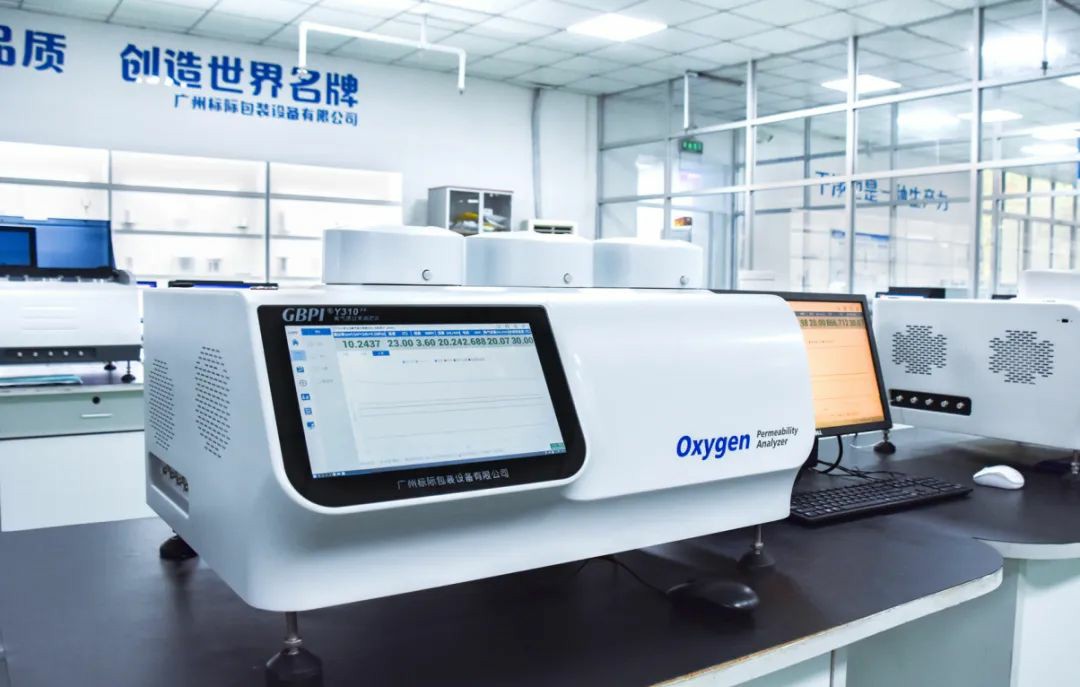Y310 2.0 Oxygen Transmission Rate Tester
Precautions
The laboratory temperature affects the experimental results and should be controlled at (23±2)℃. Only one person should be allowed to conduct experiments in every 20㎡ laboratory. Too many people will cause the laboratory temperature to rise, which will affect the experimental data. At the same time, the temperature control and experimental process should not be frequently entered and exited to reduce the impact of changes in the test environment on the experimental data.
The sample should not have creases, pinholes, or gaps.
It is forbidden to wipe the instrument housing with alcohol cleaners (such as isopropyl alcohol, anhydrous alcohol, alcohol), otherwise it will cause the housing to crack or scratch.
It is recommended to clean the sealing grease remaining in the cavity before loading the sample, and then apply a layer of sealing grease to ensure that there is no leakage.
Maintenance
The voltage of the power supply during operation must meet the value allowed by the equipment, otherwise a voltage regulator greater than 1/3 of the actual power should be set. The current allowable value of the power supply line should be greater than 1/3 of the actual current.
The instrument must be well grounded when installed.
Keep the instrument test environment temperature at 23℃±2℃ and the humidity at 50±10%.
The instrument must be installed on a horizontal, solid, stable, and vibration-free table. There is no airflow interference and no strong electromagnetic interference.
99.999% high-purity nitrogen must be used for experiments, otherwise the sensor will be damaged.
When the gas interface on the back of the instrument is empty, it must be sealed with a blind plug, otherwise it will affect the performance of the gas filter.
The cavity seal will age after long-term use and affect the sealing effect, and must be replaced in time.
After each experiment, you need to wipe the cavity with pure cotton paper or a clean rag to avoid dirt.
When the instrument is not in use, keep it clean and dry and cut off the power supply.
If the instrument is not used for a long time, it is recommended to rinse it once a week for 8 hours, and place an aluminum film before rinsing.
When cleaning the instrument on a daily basis, it is recommended to use a soft cloth dipped in water or a mild detergent to clean the outside of the instrument regularly. Do not allow dust to enter the test chamber, otherwise it may damage the internal circuit or sensor of the instrument, resulting in unstable readings or no readings.

 info@gbtest.cn
info@gbtest.cn



 en
en ru
ru es
es ar
ar






